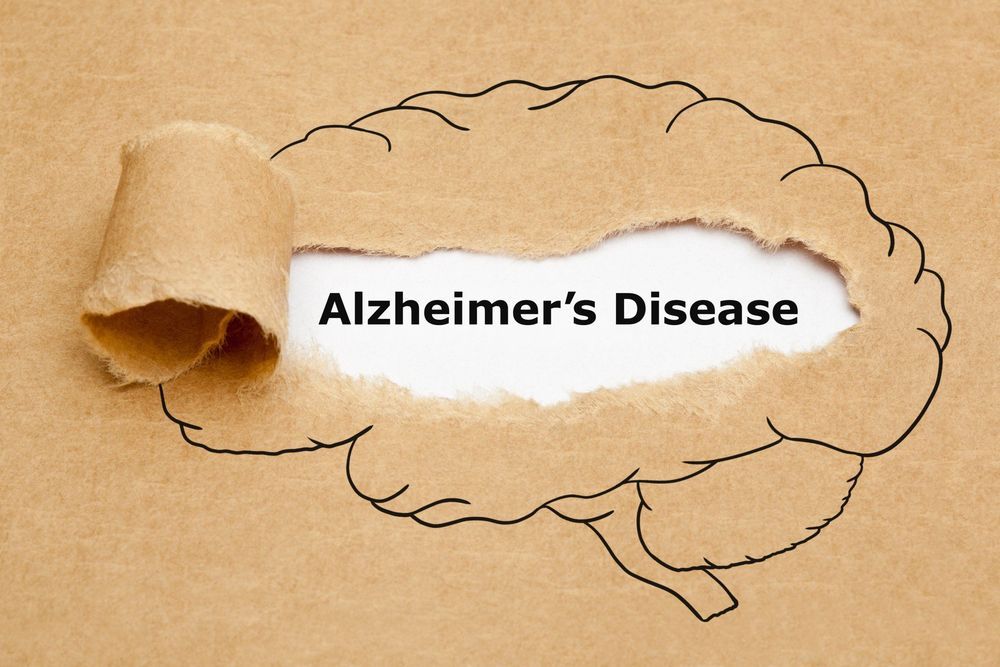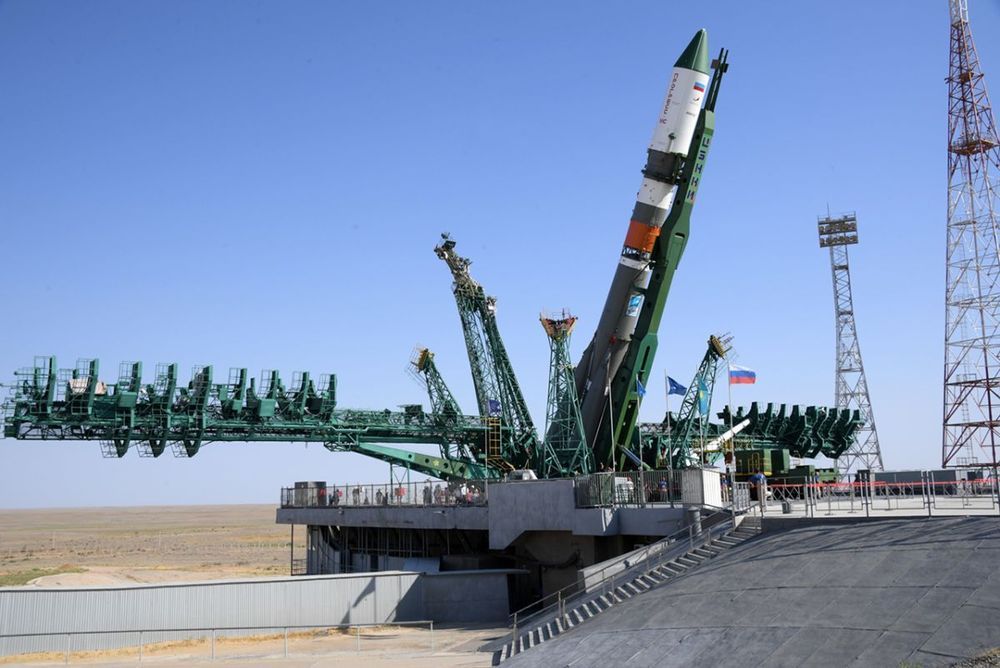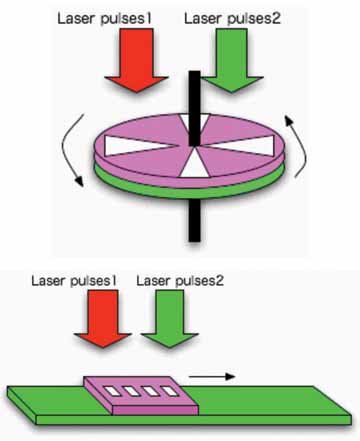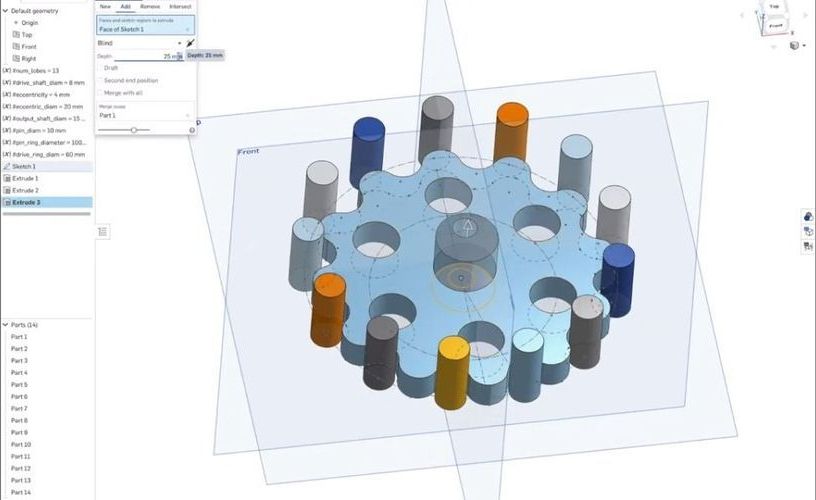TOKYO – Although scientists know many of the underlying symptoms which trigger Alzheimer’s disease, a cure remains elusive. Now, a new study suggests that oxytocin, a hormone best known for promoting feelings of love and wellbeing, may reverse some of the damage the degenerative illness causes.
Alzheimer’s disease is a progressive brain disease causing the continuous deterioration of mental functions. Its primary symptoms include severely impaired thinking, memory loss, and confusion.
One of the primary culprits in Alzheimer’s is a protein known as amyloid β (Aβ). Researchers say Aβ clumps together to form plaques around neurons in the brain. These plaque build-ups disrupt normal neuron function and triggers the degeneration.






